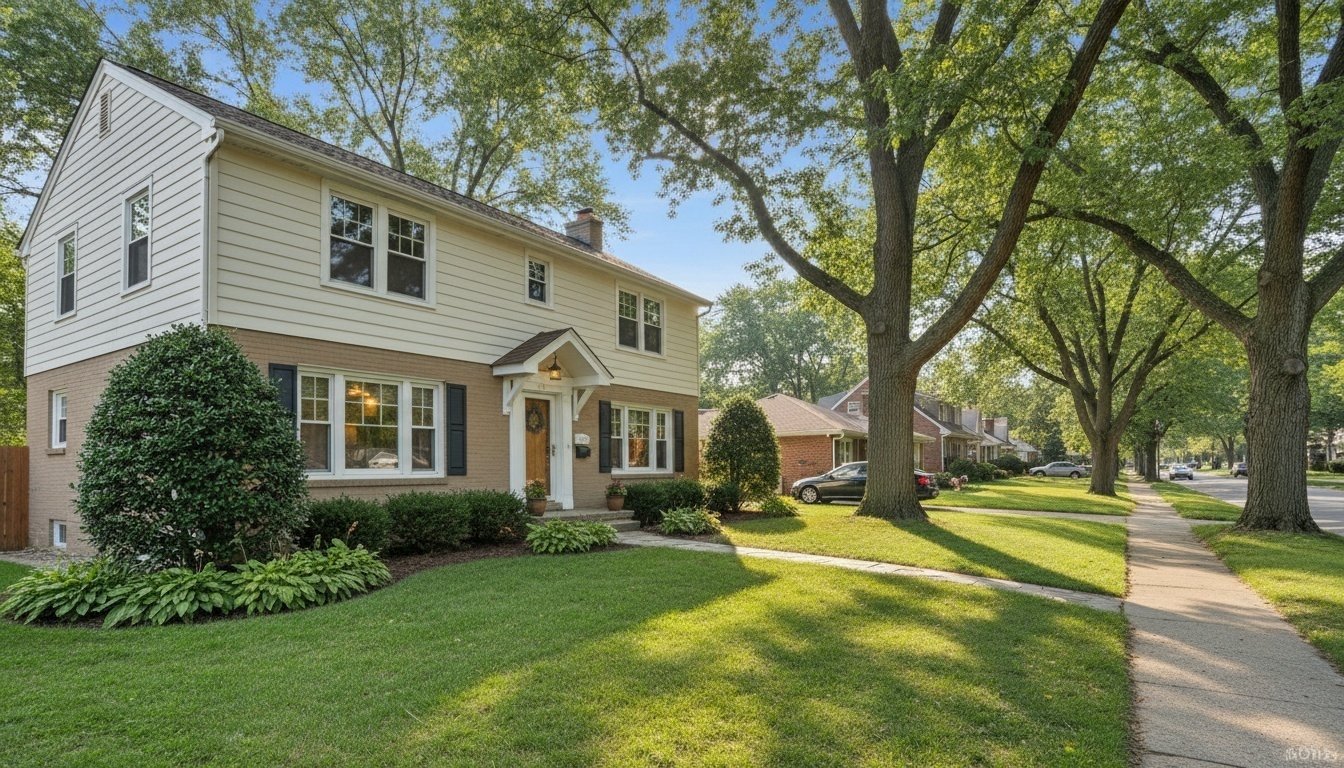In today’s real estate market, identifying where to invest often comes down to understanding where capital is already being deployed. While price trends and transaction volume tell part of the story, property records - particularly building permits - offer a clearer view into neighborhood-level investment activity.
Permit filings reveal which areas are undergoing the most renovation, modernization, and reinvestment. For real estate investors, this data can surface opportunities in markets that may not yet be saturated with competition, but are clearly gaining momentum.
Renovation Activity Is Concentrated in Historically Affordable Markets
Several U.S. cities are currently seeing elevated renovation activity, particularly in areas where older housing stock meets renewed demand. These locations tend to share three core characteristics:
-
Home prices below the national median
-
Housing built prior to 1980
-
Inventory levels well below historical averages
Among the cities leading in renovation activity:
Rochester, NY
With median home values under $250,000 and inventory down nearly 60% from pre-pandemic levels, Rochester has become a key market for renovation investors. Data from LendingOne ranks it the top city for house flipping in 2025.
Scranton–Wilkes-Barre, PA
Scranton has one of the oldest housing stocks in the country, with a median home age of 61 years. Investors have responded accordingly, with many reporting gross ROI exceeding 100% on renovated properties.
Cleveland, OH
Cleveland’s median home age is over 80 years. The city offers relatively low acquisition costs and has seen significant renovation activity, particularly in owner-occupied neighborhoods close to job hubs and transit.
Atlantic City, NJ
With home prices far below nearby metro areas and a $3.4 billion waterfront redevelopment underway, Atlantic City is seeing sustained investment. Renovated homes have delivered an average gross ROI of 83%, per recent analysis from LendingOne.
What Permit Trends Reveal
Permit filings often signal what’s coming next in a market. Before a property is listed or values begin to rise, they show where owners and investors are putting money into improvements ranging from basic repairs to full renovations. These early actions reflect confidence in a property or neighborhood and often point to where demand is building.
Common permits signaling up-and-coming activity include:
-
Kitchen and bathroom remodels – Top ROI projects that modernize the most buyer-sensitive areas
-
System upgrades – Roofing, HVAC, plumbing, and electrical repairs signal long-term confidence and safety improvements
-
Additions and conversions – Finished basements, dormers, and extra baths are indicators of equity-backed investment
-
Cosmetic updates – Siding, window replacements, and porches point to curb appeal enhancements across neighborhoods
According to the National Association of Home Builders, nearly 80% of U.S. homes were built before 2000, and 35% before 1970. This aging inventory is driving steady remodeling demand, particularly in older metros with limited new construction.
Why These Markets Are Attracting Investment
Several overlapping trends are contributing to the surge in renovation activity:
-
Deferred maintenance on older homes: Markets like Scranton and Cleveland have housing stocks with median ages of 60+ years.
-
Tight inventory: Cities like Rochester and Atlantic City have seen inventory fall more than 50% compared to 2019 levels, making renovated homes particularly desirable.
-
Affordability: Median prices in many of these cities remain well below the national average of ~$400,000, making value-add investments more financially viable.
-
Availability of home equity financing: According to SmartAsset, cities like Milwaukee have the highest number of home equity loans used for renovations per person. This shows that many homeowners are choosing to stay put and invest in improving their current homes.
-
Public-private investment: Infrastructure upgrades and economic development projects, like the multibillion-dollar redevelopment in Atlantic City, signal long-term market confidence and improve resale prospects for renovated properties.
Strategic Implications for Investors
For real estate investors, renovation permits offer early signals of where money is being spent and where value may follow. Unlike sales data, which reflects past activity, permits show where owners and investors are actively improving properties.
These data-driven insights can help identify neighborhoods with upside potential before they attract wider attention.
-
Track building permits by ZIP code to identify markets where renovation is outpacing sales activity. This is often a lead indicator of future appreciation.
-
Target housing built pre-1980, where upgrades in kitchens, bathrooms, and utilities yield strong returns.
-
Watch for clusters of system-level upgrades, such as new roofs or HVACs, which suggest long-term owner confidence versus quick flips.
-
Overlay permit data with affordability and demand metrics to find “early stage” neighborhoods with room to grow.
Cities like Rochester, Scranton, and Cleveland may not be saturated with institutional investors yet, but public records show they're earning increased attention from flippers and owner-occupants alike.
From Permits to Profits
In a market where inventory remains constrained and construction costs are high, investors need sharper tools to find value. Permit activity and property records offer clear, actionable insight into where capital is flowing and where neighborhoods are being actively improved from the ground up.
For investors willing to look beyond the usual high-demand areas, these renovation hotspots present compelling opportunities: affordable homes, strong resale demand, and neighborhoods on the rise.
By tracking public permit data alongside traditional market metrics, investors can position themselves ahead of the curve and the competition.


